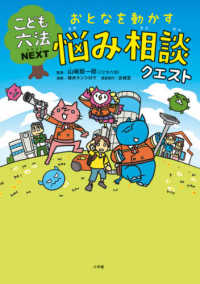Full Description
This title was first published in 2000: Teaching, learning and assessment methods are constantly evolving, providing the educator with a range of issues and new challenges. This book addresses these challenges through the use of information and communications technologies and presents a vision of how these may be deployed in the educational environments of the future.
Contents
Contents: Foreword, Harriet Mayor Fulbright; A virtual laboratory for remote electronic engineering education, Andrea Bagnasco, Marco Chirico, Giancarlo Parodi, Andrea Sappia and Anna Marina Scapolla; A virtual secondary school classroom on the net, Giuseppe Chiazzese, Claudia Cortopassi and Maria Rita Laganà ; The virtual student: user embodiment in virtual learning environments, Marc Fabri and Michael Gerhard; Supporting flexible learning over the net, Lynne Hall, Adrian Gordon and Paul Black; The potential of electronic networking to provide effective learning environments, Dave Hobbs, Rik Taylor and James Armstrong; Demonstration of how soft systems methodology can be used to structure the issues associated with distance learning activities, Barbara Howell and Nimal Jayaratna; University21 - an integrated educational system, Jianhua Ma, Runhe Huang and Tosiyasu L. Kunii; Collaborative virtual environments for problem based learning, Joze Rugelj; Factors affecting active participation in a CMC created for distance learners, Tina Wilson and Denise Whitelock; Computer-mediated communication in distance education, Barbara Cannone-Syrcos and George Syrcos.








